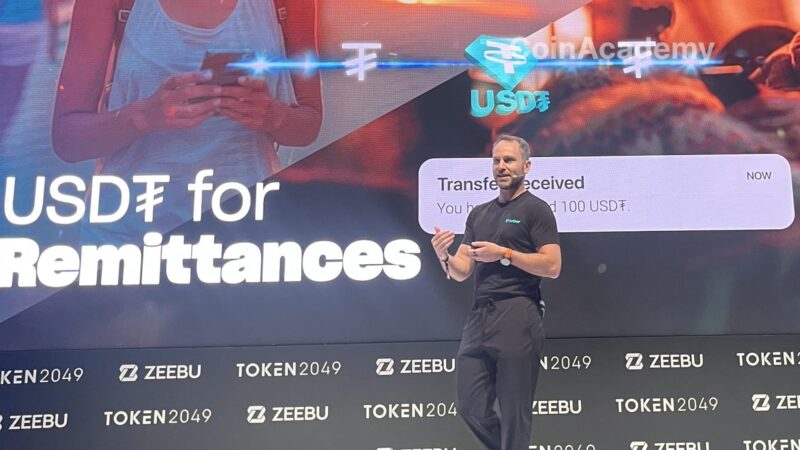The Cetus protocol is on the brink of a revival. An on-chain governance led on the Sui network has approved the transfer of over $160 million of stolen but frozen assets, following one of the biggest DeFi hacks of the year. The operation paves the way for a complete platform reboot as early as next week.
A crucial vote to unlock funds
On Thursday, May 22, a hack targeting a CLMM (Concentrated Liquidity Market Maker) flaw in Cetus allowed a hacker to siphon off around $223 million. Thanks to the swift intervention of Sui validators, $162 million was blacklisted and frozen on two addresses owned by the attacker.
After a week of tension, the community overwhelmingly supported a governance proposal to unlock these funds. The plan involves their transfer to a multisig address controlled by Cetus, OtterSec (blockchain auditor), and the Sui Foundation. An update to the Sui network will trigger this mechanism.
A complete Cetus reboot in a week
With the recovered funds and its internal reserves (cash and tokens), Cetus plans to compensate affected users through a dedicated smart contract for compensation. The team is also preparing a new ‘recovery pool’ feature integrated into its CLMM for emergency situations to enhance protocol resilience.
According to a statement, the restart is scheduled within a week and will include data restoration, contract redeployment, and the resumption of all suspended functions, especially for liquidity providers.
A new episode in the dark DeFi series
The Cetus hack adds to a long list of vulnerabilities plaguing decentralized finance. To date, over $5.3 billion has been lost in similar attacks, including the infamous hacks of Bybit ($1.5 billion), Ronin ($600 million), and Wormhole ($323 million).
Despite fixing the bug in its open-source library, Cetus has not yet recovered the funds transferred to Ethereum (including 20,920 ETH). A $6 million reward has been promised to the hacker if they return the assets as part of a white-hat agreement.




